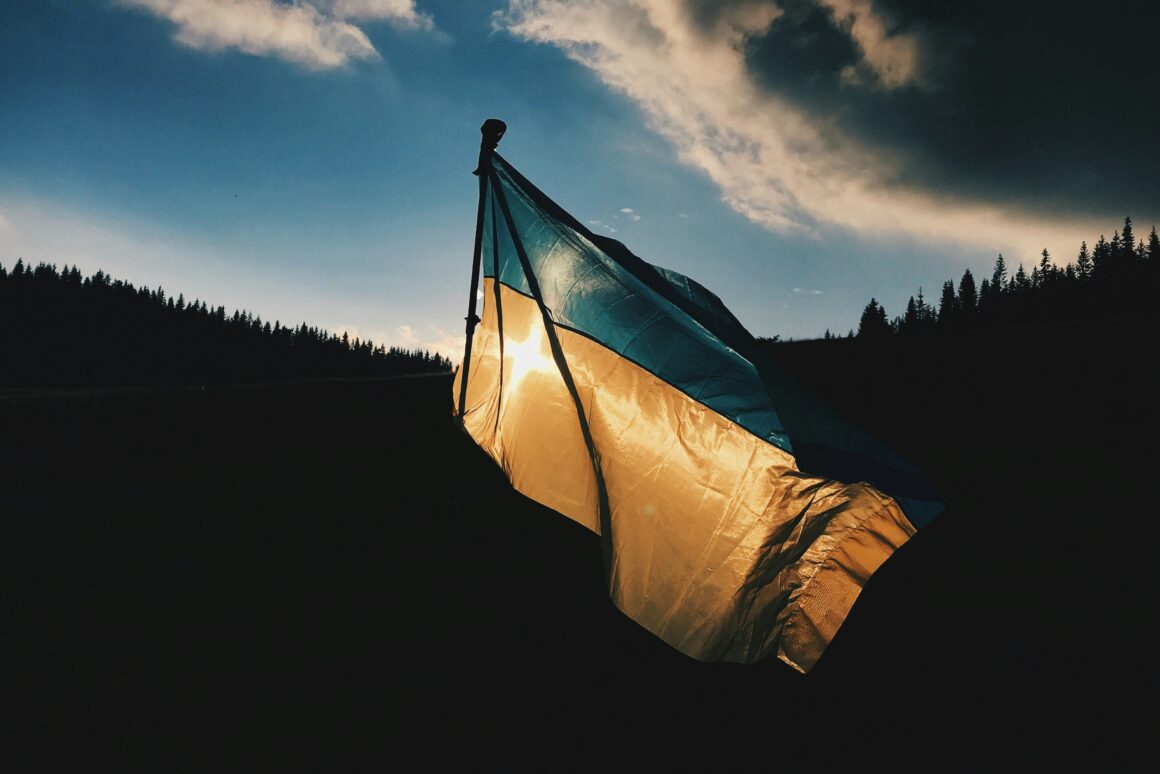
History classes in school can feel like a second English class. Books to read, people to analyze, and mock debates. With a story you read in English or a war you research in History, there are usually two opposing sides. This or that. It’s black and white. Sometimes it’s not so easy to differentiate between the good and the bad. But when it is evident, the teachers try to help students figure out why someone would associate with the bad. Why someone would be the antagonist. But the truth is, no one thinks they are the “bad guy,” and it’s not so easy to see until you are an unbiased reader that is hearing about it for the first time in your bubble that is your classroom.
When you read about Martin Luther King Jr., Rosa Parks, or Ruby Bridges in those musty textbooks, it can feel like another novel from second period Language Arts. Curious kids wonder, “How could someone hate a black man for just sitting at a diner, or using the bathroom?” When that bell rings, they go about their day without a second thought until the next history class. Almost all of us see MLK as the hero in his tale with a tragic ending, a peaceful man who didn’t want his children to experience the discrimination that he did. Those same kids stand behind their parents as they put Trump signs in their white-picket-fence yards and mock the Black Lives Matter movement on Twitter. After all, racism died as soon as King did, right? Segregated bathrooms, restaurants, and drinking fountains weren’t acceptable anymore.
As we get older, we learn about World War II and the Holocaust. We read Anne Frank’s diary and wish there was a different culmination to her story. “How did the people of Germany let a man like Adolf Hitler become so powerful?” Our teachers respond with, “Some didn’t agree with him, but Hitler was loved because he wasn’t your average politician. They thought he was relatable and they wanted him to keep them safe.” Sound familiar?
High schoolers chant “build that wall” in the cafeteria and sport their “Make America Great Again” caps. Middle schoolers are waving confederate flags while skipping down hallways. Elementary school kids are telling their Hispanic and Muslim peers to start packing their bags. This is America in 2016.
Before Donald Trump launched his campaign, it was shameful to discriminate against people.
Now that he has said all of the awful things secret white supremacists have been thinking all this time, the minority feels unsafe once again. The struggle was never over, but there was a feeling a security and progression because a black president was elected in 2008.
Our newest president was endorsed and now being celebrated by the Ku Klux Klan. Same-sex marriage was legalized nationally only one year ago, but our anti-LGBT president and his running mate favor the idea of gay conversion camps. Women and victims of sexual assault hear the predatory rhetoric that comes out of Donald Trump’s mouth and no longer feel safe in their own skin. Women are too afraid to wear hijabs outside of their home. Young children of Latino/a descent cry in fear of their hardworking parents being deported. Trump talks about African-Americans like they’re a different species. By advocating for “stop and frisk,” he’s condoning racial profiling.
Donald Trump was elected as the President of the United States today. If you aren’t worried about yourself or your family, consider yourself lucky. My heart goes out to my LGBT, POC, Muslim, handicapped, and woman friends. Over half of the nation didn’t think twice about us. Be angry and be loud, you have the right to be. You have a right to all of your bewildered thoughts and feelings and don’t let anyone tell you otherwise.
So why did those awful people exist in our stories that we read at school? It’s because those people aren’t fictional characters in a novel. They’re real, and they’re still here. What side of history do you want to be on when your kids or grandkids read about this election in 50 years and they ask you, “How in the world did anybody let Donald Trump be president?”
“to hate
is an easy lazy thing
but to love
takes strength
everyone has
but not all are
wiling to practice”
– Rupi Kaur




